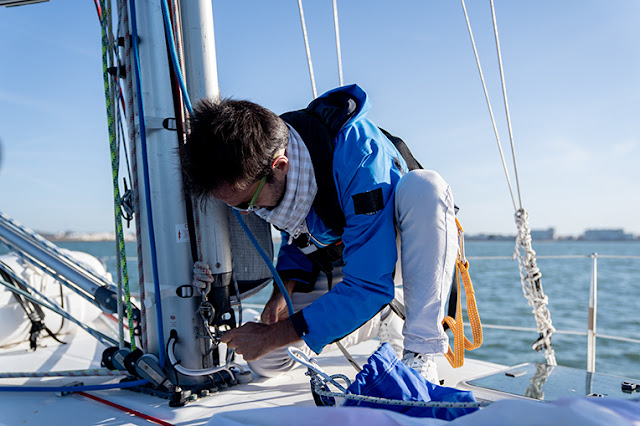Best Small Sailboats For The Beginners
Any sailboat can be used to learn to sail, but small boats make for better instructors because they respond more quickly to crew weight changes, wind variations, and steering inputs.
Youth programs at yacht clubs use both a variety of traditional trainers and cutting-edge modern models. It's tough to describe the best tiny boats without specifying specific makes and models, but here are some qualities to look for in a decent teaching boat.
Boats with tillers steering
When learning, using a tiller rather than a wheel can make a difference. The rudder, which controls the boat's direction, is attached directly to the tillers. Tillers offer rapid feedback on the path and strength of the wind as well as the boat's ability to turn at different speeds.
Boats with no winches
The best boats for children and new sailors are those without winches for controlling the sheets and halyards. Generally speaking, these boats don't undergo the same stresses on the sails and rigging as larger boats, which can be challenging when the wind picks up. Cam or jam cleats, which are simple to use, are frequently used in place of winches.
Sailing dinghies
Sailing Dinghies Sailing dinghies provide children and beginning sailors simplicity so it's simple to learn the ropes. They are typically rigged with one mast and one sail. Compared to boats with two sails, dinghies are lighter and more versatile. They may be sailed almost anywhere because of their small draught and side or centerboards. Students should wear life jackets and be able to swim because sailing dinghies can capsize in various circumstances (whether from a wind gust or an abrupt crew weight shift). One or two persons often sail sailing dinghies.
Small sloops
The last phase is to enable learners how sails interact by using small sloops with a mast that carries both the head and main sails. A small roller bow thruster can be used to hank on or fasten headsails. These boats are also simpler to maintain because they might have any number of winches or none at all. Typically, one to four persons can sail these boats.
Small catamarans
For people who may be concerned about capsizing or dislike heeling, small catamarans offer additional stability (tipping while sailing). Catamarans are perfect for beginners since they have two hulls that provide a comprehensive and sturdy foundation, which may be why resorts frequently utilize them as their beach sailing tourist boats. Small cats are tiller-steered, sailboats with one or two sails, and frequently have a trampoline for the students to sit on while sailing.
Rotomolded boats
Small rotomolded boats are incredibly forgiving because of their robust design. Trainers made using the rotomolded technique (a sort of plastic construction method) can bounce off piers or other boats with little damage or even no damage. Rotomolding can be used to create both dinghies and catamarans.
Trailerable sailboats
Last but not least, transportable miniature sailboats bring diversity and make learning enjoyable. In order to enjoy their boats differently while on vacation or meeting new people, students can learn to sail in various wind and sea conditions.
The ideal method to learn to sail is to start with a modest, straightforward, secure, and long-lasting boat. Learning to sail includes all of the senses, calls for a level head and necessitates a lot more practice.




Comments
Post a Comment